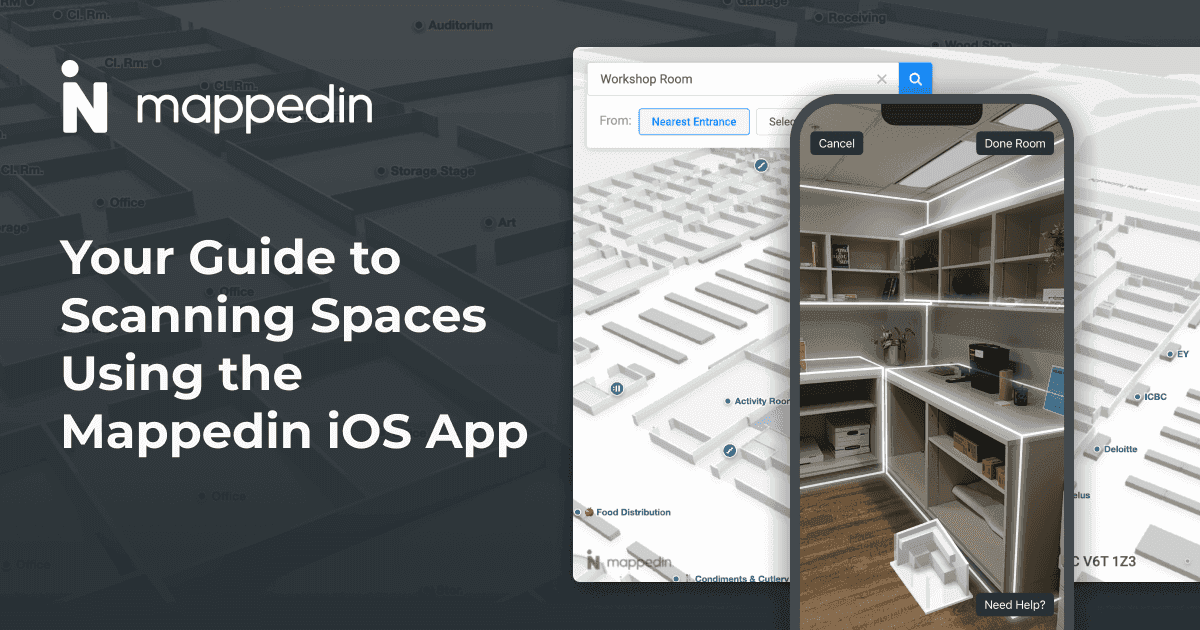We’ve previously discussed Apple Object Capture and its innovative use cases, now let’s uncover the potential limitations of this 3D scanning technology.
How does Apple’s object capture technology work?
Apple Object Capture enables Apple device users to create realistic and fast 3D representations of objects using photogrammetry algorithms. Using an iOS device, you can take photos of real-world objects, and use the new Object Capture API on macOS Monterey to turn them into 3D assets that are optimized for augmented reality (AR).
Requires technical knowledge of Apple’s object capture API
One potential limitation of this technology is that you must have some technical knowledge of Apple’s Object Capture API. The new Object Capture API is a macOS API, meaning that users can use iOS devices to capture input images, but are required to download macOS Monterey for the 3D reconstruction of the objects. Creating AR content with Object Capture can be confusing, but Apple does provide videos, documentation, sample code, and resources to help users get started.
Need to have Apple’s latest products to use It
To use Apple Object Capture, you need an iOS device, either an iPad or iPhone, and a Mac computer with the latest version of macOS (Monterey).
Issues with scanning objects with transparent or textureless components
Another potential limitation of Apple Object Capture is that some objects are harder to scan and turn into 3D models than others. The object size, color, shape, and components can greatly impact the output. Objects that have a smooth surface, for example, may not provide enough data necessary for 3D object creation. Likewise, objects with transparent or translucent components will not produce the best results.
Scanning objects with reflective surfaces
Shiny and reflective objects are also difficult to turn into 3D models using Object Capture. Similarly, with transparent surfaces, reflective components can greatly distort the output. For instance, the finished 3D model may contain unwanted reflections. To get the best results, Apple recommends avoiding objects that are highly reflective, transparent, translucent, or thin in one dimension.
With Apple's 3D scanning capability, the possibilities of creating 3D objects for augmented reality are virtually endless. However, like any new technology, there will be limitations. Contact us to learn more.
Tagged In
Share


